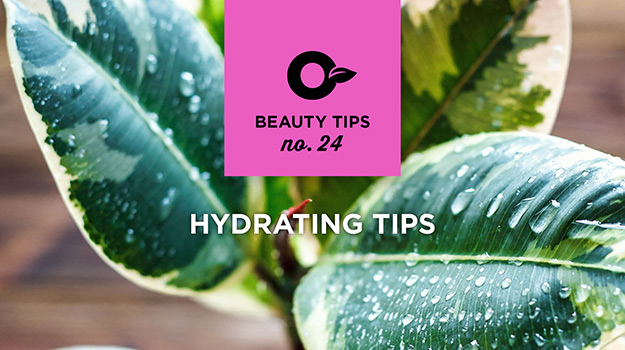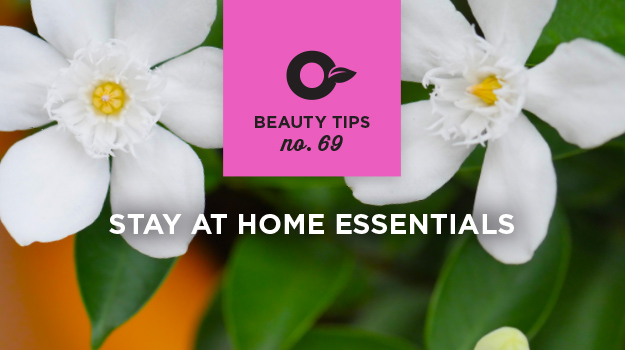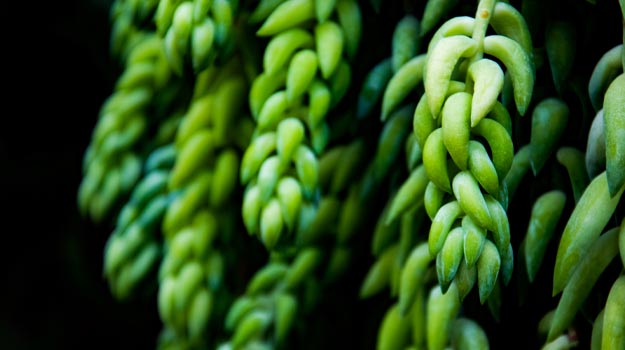
By Albert Mondor, horticulturist and biologist
One of the easiest ways to create a warm and inviting atmosphere in a room is to add some plants. Houseplants not only bring colour and life to a home, but they also have the ability to purify the air and produce oxygen.
However, be aware that some of the most popular houseplants are also toxic to pets. If you want to beautify your home without worrying about that, consider buying the plants described in this text. They are not poisonous and are safe for pets who have the annoying habit of eating stuff they shouldn't.
'Vittatum' spider plant
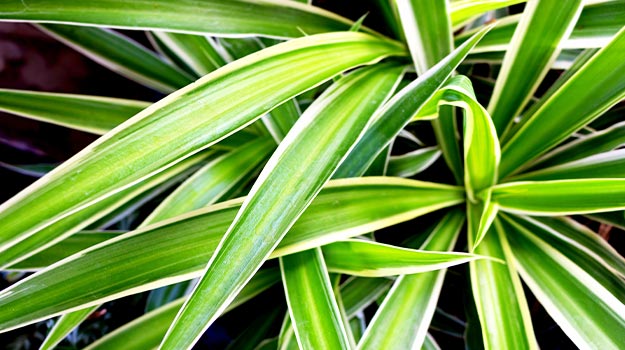
Height: 50 cm
Width: 60 cm
Light: intense to moderate
Water: Once every 10 days; let the surface of the soil dry completely before watering again.
The ‘Vittatum’ spider plant is most certainly the easiest houseplant to grow. It has long, thin leaves with creamy white marks. As its leaves are drooping, it is preferable to place it in a hanging container.
It prefers bright light, especially in winter, but it can easily deal with lower light levels. However, during summer, it must not receive direct light. Otherwise, its leaves will turn brown.
The ‘Vittatum’ spider plant must be watered on a regular basis, so its soil is always cool, but it will survive without water for over two weeks. Although it likes humid atmospheres better, it tolerates the warm and dry climates of our homes in winter.
Echeveria ‘Gigantea’
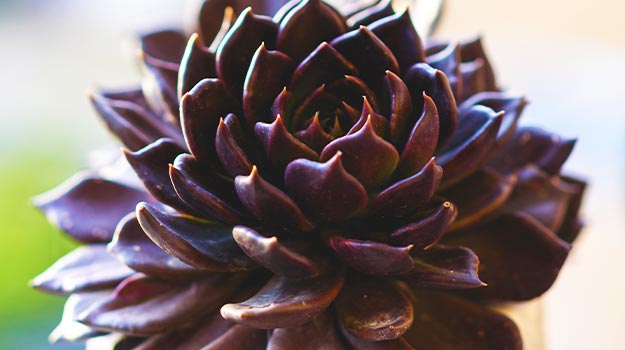
Height: 30 cm
Width: 15 cm
Light: intense
Water: Once every 15 days; water only when the soil is completely dry.
The echeveria 'Gigantea' is very popular for its rosette of thick, greyish-blue leaves. No matter the conditions, this houseplant blooms every summer. Its red and yellow flowers are borne by pink stems that reach about 30 cm in height. This is a perfect plant for beginners.
This plant will appreciate that you let the soil dry completely between waterings. During the winter period, watering every 15 to 20 days is fine.
Moth orchid (or phalaenopsis)
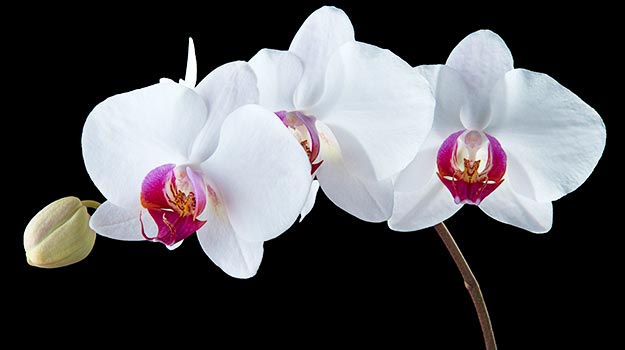
Height: 20 to 50 cm
Width: 20 to 30 cm
Light: intense to moderate
Water: Once a week
The phalaenopsis - commonly known as the moth orchid - is enjoying unprecedented popularity. This is because this beautiful plant is very easy to grow and it flowers for a particularly long time.
Phalaenopsis with white, yellow, orange, pink, red, purple and mauve flowers are currently offered on the market, most being of three or four of these colours.
Like most houseplants, the moth orchid needs bright light to grow well and bloom abundantly. Place it within one meter of a window, but make sure it won't receive direct sunlight between noon and 2 pm.
Avoid overwatering your moth orchid, which is why it is best to provide water - ideally warm - only once a week, simply by showering it under the tap of the kitchen sink. You can also spray warm water onto the surface of the soil as well as on its roots a few times a week.
Donkey's tail
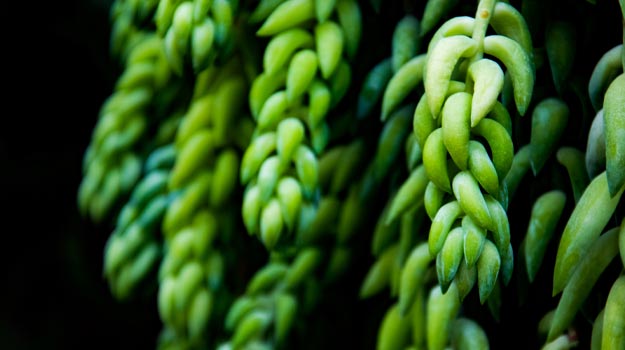
Length: 60 cm
Width: 30 cm
Light: intense to moderate
Water: Once every 15 days; water only when the soil is completely dry.
The donkey's tail is a tough succulent plant with dense bluish-green foliage arranged in compact masses along drooping stems.
Like all sedums, it likes full sun, but it also does well under moderate lighting, without the sunlight touching it directly.
This plant will appreciate that you let its soil dry completely before watering again, especially during the winter period. It will tolerate summer heat like a champ, but hates the cold, especially frost conditions. Avoid exposing it to temps below 5 ˚C.

